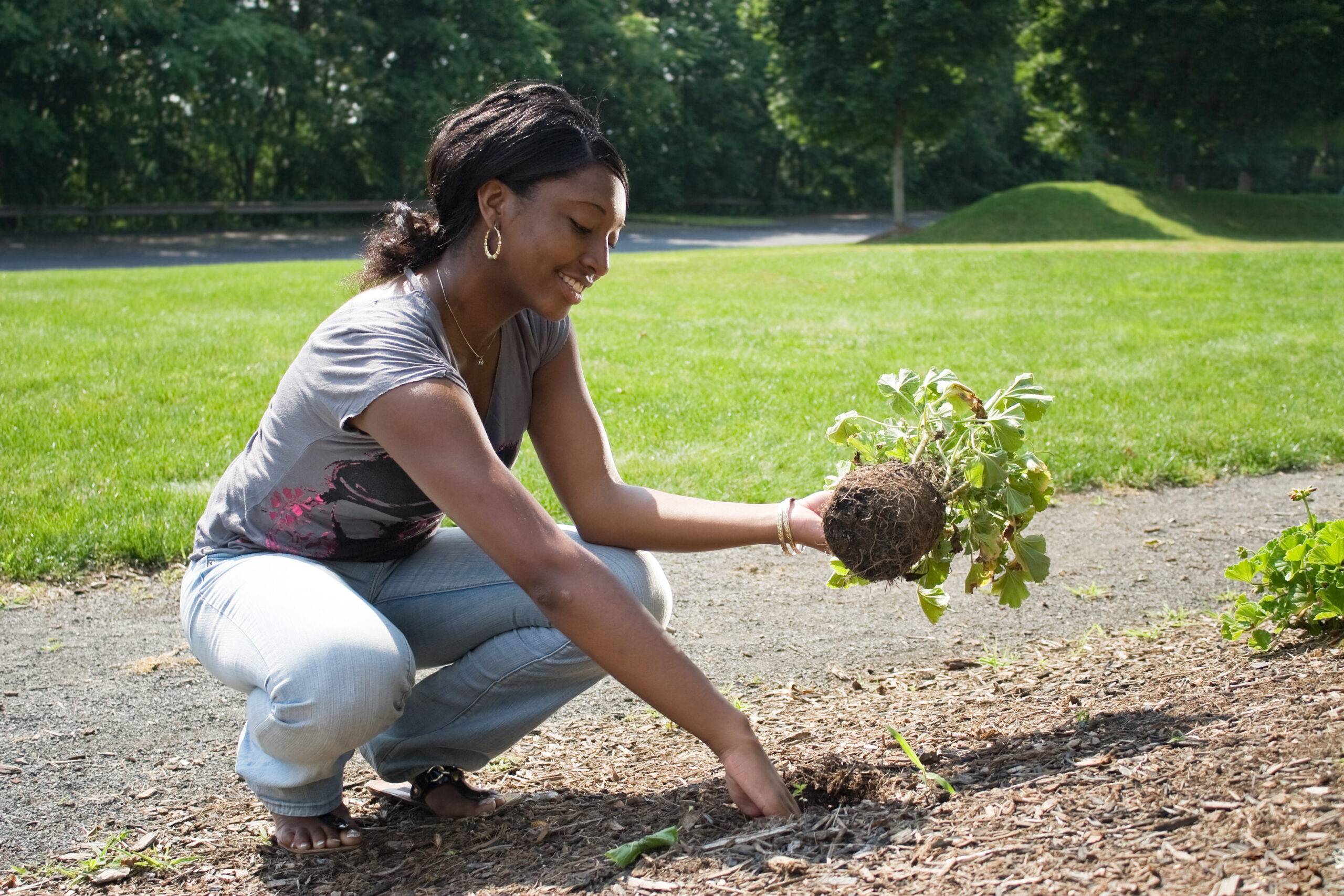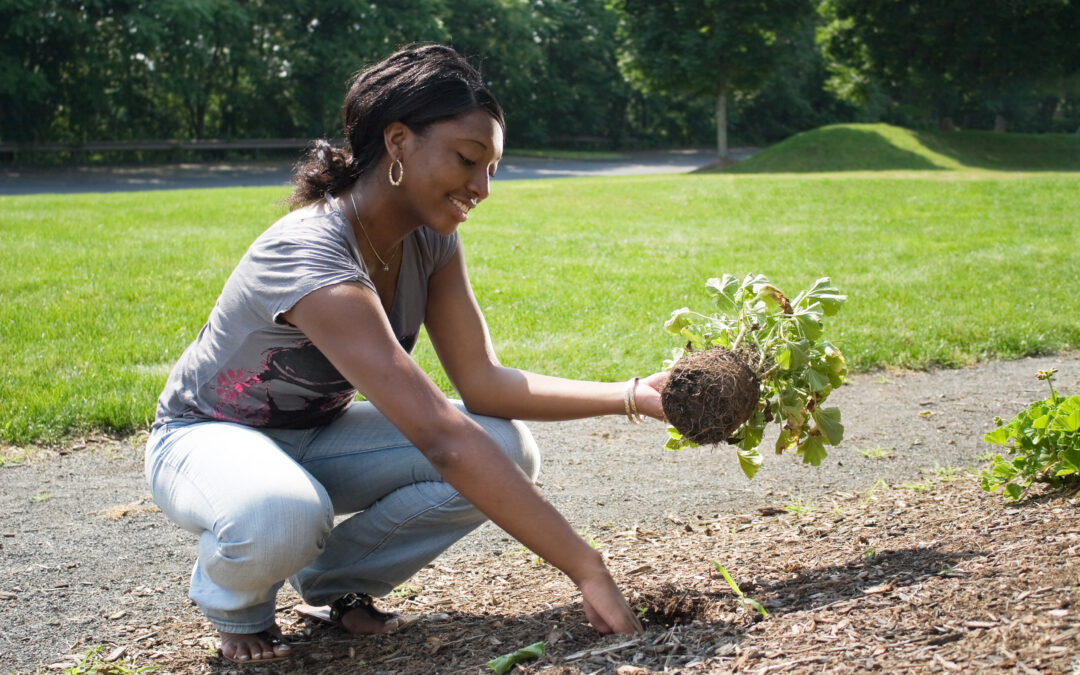Growing your own food is not only a great way to save money, but it’s also an excellent source of exercise and fresh air. With the right planning and care, you can enjoy delicious home-grown produce all year round. In this blog post, we will guide you through each step of the home farming process, from choosing the right plants and seeds to storing and preserving your harvest. Let’s get started!
Introduction to Home Farming
Home farming has become increasingly popular in recent years as people seek out healthier alternatives to store-bought produce. Whether you have a small balcony or a large backyard, there are plenty of options available for growing your own fruits and vegetables. One of the best things about home farming is that it allows you to control what goes into your food, ensuring that you and your family eat clean, pesticide-free produce.
Choosing the Right Plants and Seeds
The first step in any home farming journey is selecting the right plants and seeds. Consider which crops grow well in your area and choose varieties that suit your taste preferences. Some popular choices include tomatoes, lettuce, spinach, radishes, carrots, beans, and herbs like basil and chives. You may want to start with easy-to-grow crops before moving on to more challenging ones.
Preparing the Soil and Planting the Seeds
Once you have selected your plants and seeds, it’s time to prepare the soil. Start by removing any debris or rocks from the planting area and adding compost or other organic matter to enrich the soil. Depending on the type of crop you are growing, you may need to adjust the pH level of the soil. Follow the instructions on the seed packets carefully when planting the seeds. Most seeds should be covered lightly with soil and watered regularly until they germinate.
Caring for Your Plants
As your plants begin to grow, you will need to tend to them regularly. This includes watering, fertilizing, and pruning as needed. Different types of plants require different levels of attention, so make sure to do your research ahead of time. For example, some plants may benefit from companion planting, while others may attract pests that need to be controlled.

Harvesting Your Crops
After several weeks (or months) of careful tending, it’s finally time to reap the benefits of your hard work – harvesting your crops! Depending on the type of crop, you may need to pick them at specific stages of maturity. For example, leafy greens like lettuce and spinach can be picked early, while root vegetables like carrots and potatoes should be left to fully mature before being pulled from the ground.
Storing and Preserving Your Harvest
Once you have harvested your crops, you will need to figure out how to store and preserve them. Fresh produce doesn’t last forever, after all. There are many ways to extend the shelf life of your fruits and veggies, including freezing, canning, drying, and fermentation. Experiment with different methods to find the one that works best for you.
Conclusion
In conclusion, home farming is a rewarding hobby that can provide you with fresh, nutritious produce throughout the year. By following these steps, you can successfully grow and harvest your own crops, even if you don’t have much space or experience. From preparing the soil to storing and preserving your harvest, we hope this guide helps you along every step of the way. Happy farming!





